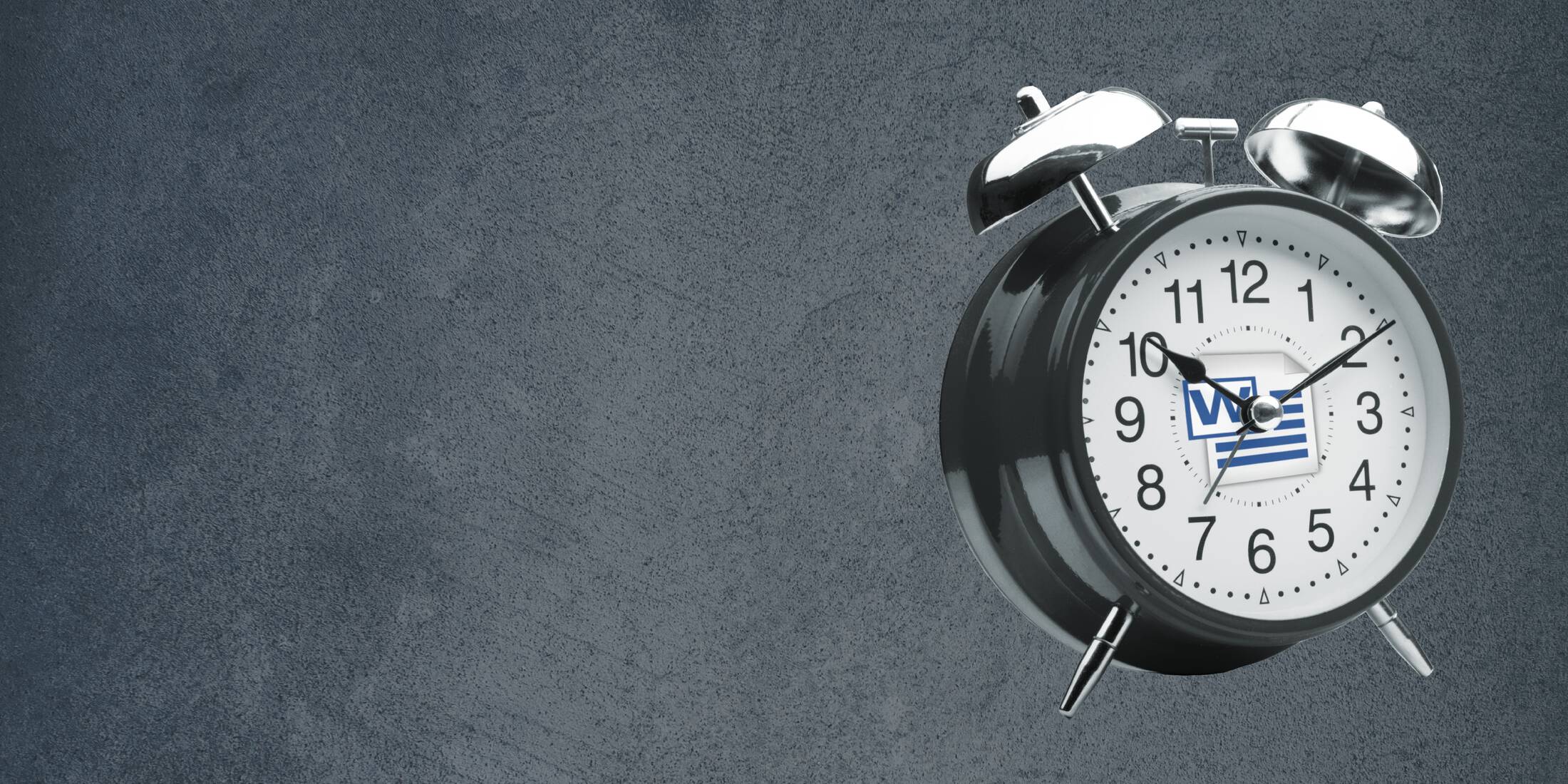In order that two or more digital audio devices such as effects units or digital preamps can smoothly work together in a network, a master device must set the so-called word clock rate and all other devices (the "slaves") must follow this clock rate. This is so because each of these digital audio devices has an integrated clock generator that provides the basic clock rate for processing the audio data. While we’re on the subject: the act of moving media (video and film or computer animation) must also be synchronized.
Several devices interacting therefore need a synchronization of their base clock rates. This is done by means of the word clock, the base clock signal that enables the transmission of data streams between the devices. Simply setting all connected devices to the same frequency (sample rate) would not be sufficient, because the smallest inaccuracies would generate noise interference or even signal failure. Fluctuations of the signal are called jitter. An external word clock "tells" the devices when the clock pulses start and when they stop.
Any digital audio device featuring a digital output can actually be the word clock master. Topnotch external word clocks (also called digital clock or master clock), however, contribute extremely to improving the sound quality in general.
For the separate transmission of word clock signals (i.e. separate from the digital audio signals), coaxial (75 Ohm) cables with BNC connectors are used. For this purpose professional devices feature BNC word clock connections.
It is also becoming increasingly popular to transmit word clock signals by means of Ethernet cables, for example within the context of the Audio-over-Ethernet protocol. However, who uses what and how depends on the respective protocol (Ravenna, Dante, Madi etc.).
There are also other methods for word clock generation, but all of these have application-specific advantages/disadvantages - e.g. embedded sample rate clock, GPS or video signal as reference.
